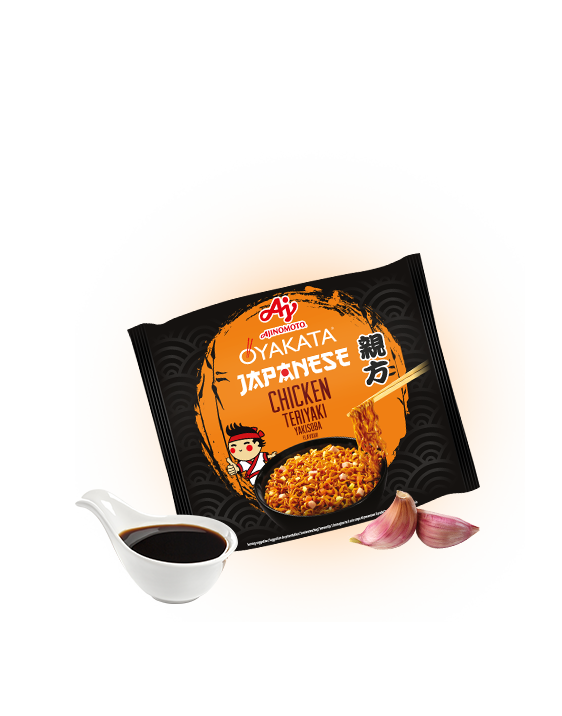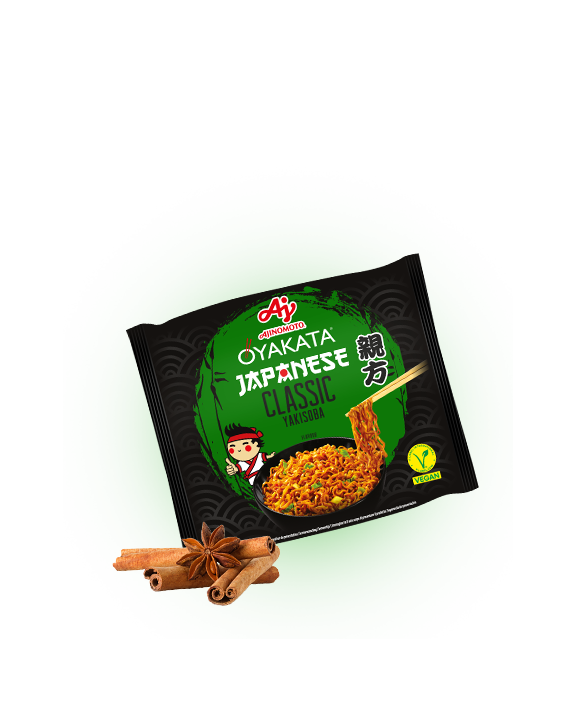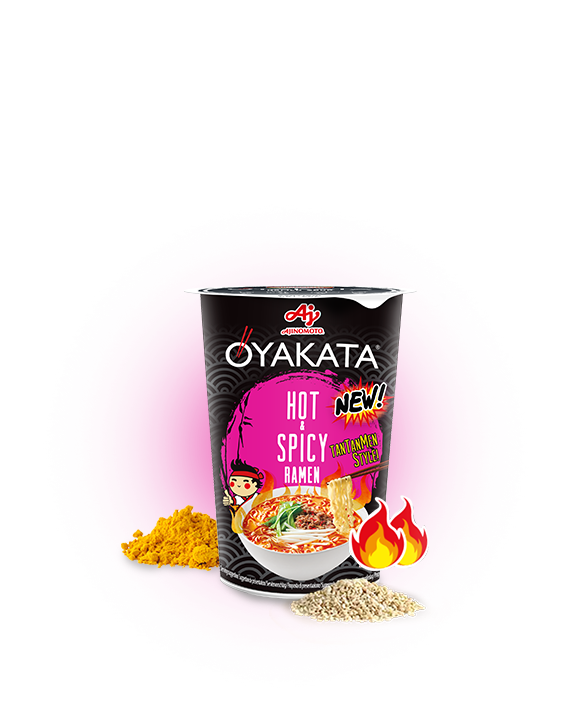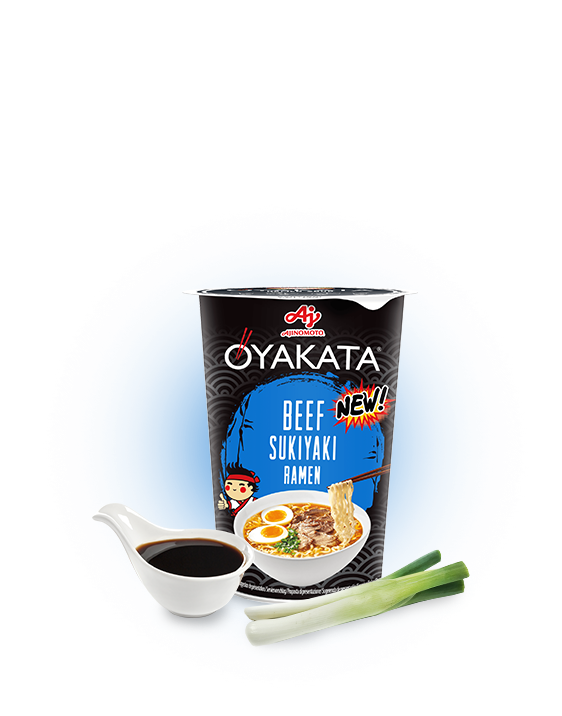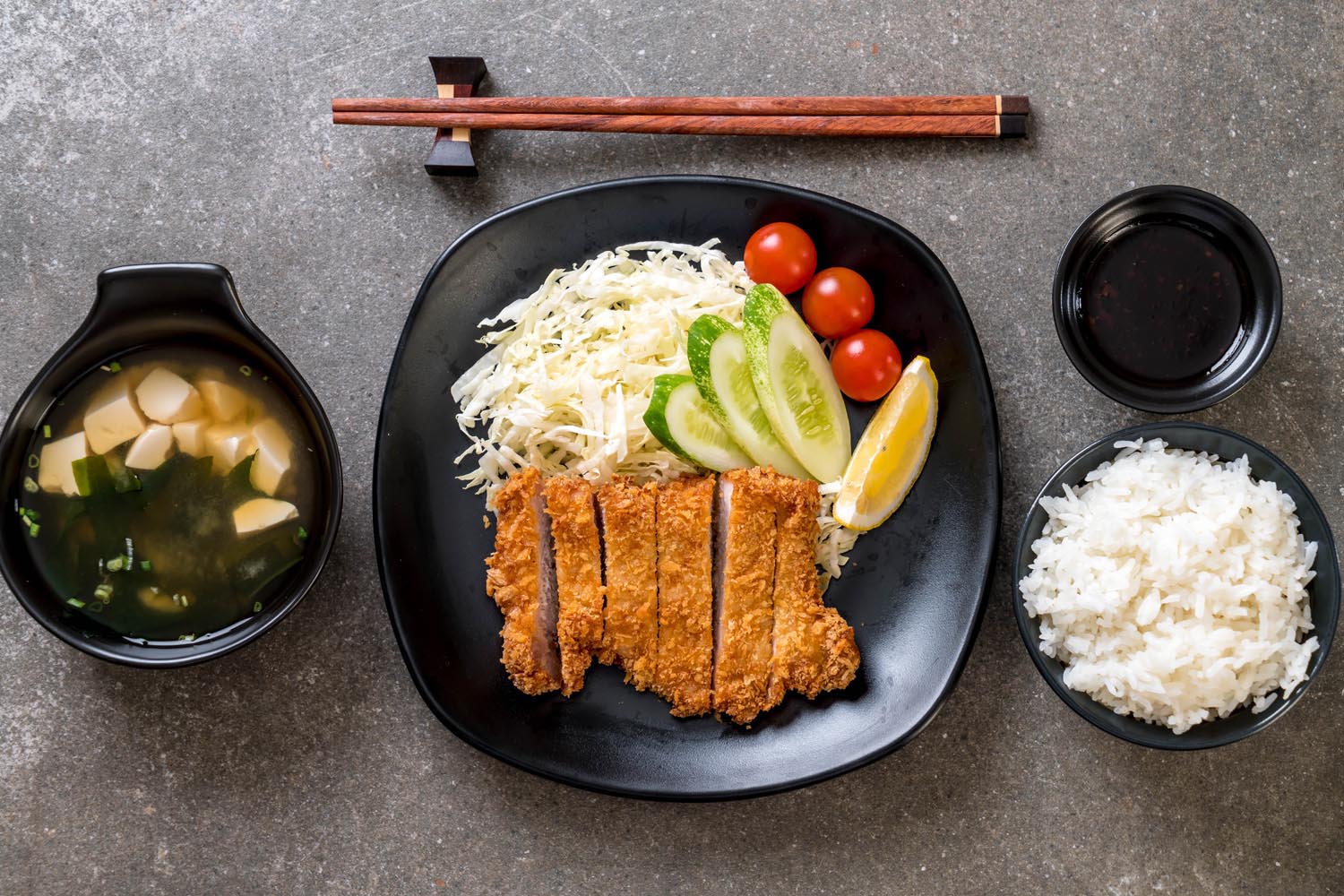

TONKATSU – POPULAR JAPANESE CUTLET
2 types of Japanese cuisine
Japanese traditional cuisine (washoku -和食) prides itself on incredible taste, inimitable rituals, extraordinary products and unbelievable compositions, but mostly on being on the UNESCO Intangible Cultural Heritage list. Only two cuisines have this honour: Japanese and French.
Aside from its native cuisine, Japan also has yōshoku (洋食)– dishes that came to the islands from the West. This group includes tonkatsu. Still, the idea may be of foreign origin but it were the Japanese that give the meal an inimitable style, making it often preferred over a traditional pork cutlet.
Pork cutlet versus tonkatsu – differences
At a first glance, many people could mistake tonkatsu for a regular pork cutlet. Both dishes may look almost identical but the differences between them are quite significant. They pertain to ingredients, preparation and the serving method.
The Japanese cutlet is usually made of pork fillet or loin. It may also be encountered in other forms, e.g. served with eggs. The second most popular version is torikatsu (鶏カツ) – breaded chicken meat. Besides, a cutlet from the Country of Cherry Blossoms is coated in coarser breadcrumbs (panko), which absorbs less fat and makes the dish crunchier. Unlike Polish cutlets, Japanese tonkatsu are deep-fried (sometimes in sesame oil). Ultimately, the dish is served with finely chopped cabbage, rice, miso soup, and the cutlet is poured over with special tonkatsu sauce.
Tonkatsu – preparation
First, properly prepare the pork. Roll out the loins or the neck with a rolling pin – the Japanese do not tenderise meat. You may want to cut off the fat edges to prevent the fillet from rolling up. For this purpose, you may also make several gentle cuts in the meat, and then sprinkle it with salt and pepper. Thus prepared meat can be breaded. The first step will be to sprinkle the meat with flour, then to soak it in whipped egg, and finally to coat it with panko.
Put the cutlets aside for about 15 minutes before frying. You may use that time to warm up a considerable quantity of oil on the pan. Remember that the oil needs to have proper temperature. If it is too cold, the cutlets will be too greasy, and if it is too hot, they could burn. Keep frying for about 6 minutes until golden brown. Once off the pan, use paper towels to drain excess fat of the tonkatsu. Serve the cutlet with a bowl of white rice, chopped napa cabbage and tonkatsu sauce.
Follow the same instructions if you are preparing Japanese chicken cutlets (torikatsu).
Ingredients:
- pork cutlet or loins
- 2 eggs
- flour
- panko breadcrumbs
- salt and pepper for seasoning
- half napa cabbage head
- frying oil.
Tonkatsu sauce – preparation
Tonkatsu sauce, as the name would suggest, is intended for the Japanese version of the pork cutlet. However it goes well with a variety of food and is used for a multitude of meat dishes. The sauce may be quite expensive in Asian food shops. Besides, the ingredient lists of such ready-to-use products are often questionable. Those are some of the reasons why you may want to prepare tonkatsu by yourself.
Use fermented Worcester sauce with ginger aromas, ketchup (preferably home-made), soy sauce, oyster sauce, sugar, fresh garlic, Japanese wine to cook mirin and, optionally, mustard. Mix all the ingredients and boil while still stirring.
Tonkatsu sauce ingredients:
- 3 tbsp Worcestershire (Worcester) sauce
- 3 tbsp ketchup
- 2 tbsp soy sauce
- 2 tbsp mirin
- ½ tbsp oyster sauce
- 1 tbsp sugar
- 1 tbsp mustard (optionally honey mustard)
- clove of garlic
Summary
Japanese cuisine is certainly characterised by rich tradition, unusual ceremonies and a multitude of umami. Western dishes add variety to the cuisine of the Country of Cherry Blossoms but this is a two-way process. European and American recipes also capitalise on Japanese cooking practices. Hence the growing worldwide enthusiasm to experiment in the kitchen as this bears fruit in the form of incredible culinary compositions, tonkatsu being a perfect example.
